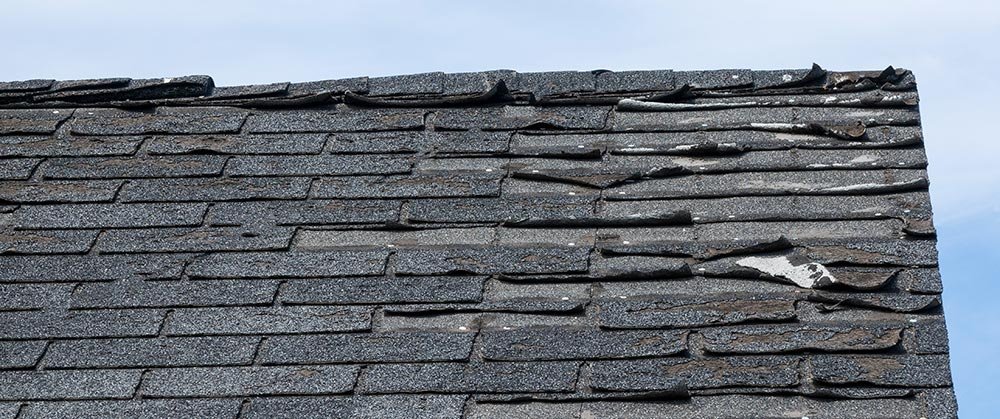Flat roofs are a popular choice for both residential and commercial properties due to their modern aesthetic and cost-effectiveness. However, they can also present unique maintenance challenges that, if left unaddressed, can lead to costly repairs. This article will explore some of the most common flat roof issues and offer actionable steps to prevent them, helping you maintain a sturdy and reliable roof over the years.
Understanding the Basics of Flat Roofs
Flat roofs are constructed with a slight pitch to allow water drainage, but this low slope makes them more vulnerable to certain issues compared to steeper, pitched roofs. Familiarizing yourself with the common problems that flat roofs face can help you take preventive steps and prolong your roof’s life.
The Most Common Flat Roof Issues
Flat roofs experience unique stressors, mainly due to their structure and exposure to the elements. Here’s a look at some frequent problems flat roofs face:
1. Water Pooling
Water pooling, or ponding, occurs when water collects in puddles on your flat roof instead of draining. This is a common issue due to the low slope, and it can lead to problems like mold growth, material deterioration, and eventual leaks. Regularly clearing drains and checking for standing water can go a long way in preventing ponding.
2. Roof Leaks and Moisture
Flat roofs are especially vulnerable to leaks because they lack the steep pitch that naturally helps shed water. Leaks often form when water finds its way through minor cracks, weak seams, or around poorly sealed vents and chimneys. Regular inspections and prompt repairs can prevent small leaks from turning into significant issues.
3. Damaged or Worn Roof Membranes
Flat roofs rely on membrane materials like EPDM, TPO, or modified bitumen, which act as waterproof barriers. Over time, exposure to the sun, extreme weather, and physical wear can lead to cracking or blistering of these membranes. Addressing minor damages early on can prevent extensive and costly repairs.
4. Thermal Expansion and Contraction
Temperature changes cause roofing materials to expand and contract, which can lead to cracks, splits, and other structural issues. This effect is more pronounced in flat roofs due to their broad surface area. Using flexible, durable materials and scheduling regular inspections can help mitigate these effects.
5. Poor Installation
Improper installation of flat roofs can lead to various issues down the line, including poor drainage, membrane detachment, and premature wear. Working with professionals like those offering Expert Flat Roofing Services in Augusta, GA can ensure a quality installation and reduce future repair needs.
How to Prevent Common Flat Roof Issues
Taking a proactive approach is key to preventing flat roof issues. By implementing preventive measures, you can save time, money, and frustration. Here are practical steps to help avoid the most common problems.
1. Ensure Proper Drainage
Keeping drains, gutters, and scuppers clear of debris allows rainwater to flow off the roof efficiently. Regularly inspect these areas and clear away leaves, dirt, and other blockages to prevent water pooling. Installing a slight slope or installing a roof coating can also improve drainage.
2. Schedule Regular Roof Inspections
Regular inspections allow you to spot potential issues early on. Professionals specializing in Expert Flat Roofing Services in Augusta, GA can perform a comprehensive check of your flat roof, examining for leaks, cracks, and worn areas. It’s wise to schedule inspections annually and after severe weather events.
3. Apply Waterproof Coatings
Waterproof coatings add an extra layer of protection to your flat roof, helping to prevent leaks, cracks, and thermal damage. Elastomeric coatings are popular for flat roofs as they offer flexibility, durability, and energy-efficient properties by reflecting sunlight and keeping temperatures manageable.
4. Use Quality Roofing Materials
Using high-quality materials can significantly reduce the need for repairs. Consult with Expert Flat Roofing Services in Augusta, GA for advice on the best materials suited for the local climate. Quality membranes and sealants withstand wear and tear better and often come with extended warranties.
5. Maintain Surrounding Trees
Tree branches can scrape the surface of your flat roof, leading to premature wear. Overhanging limbs also contribute to debris buildup and can increase the risk of punctures. Regularly trim trees near your flat roof to avoid damage, especially before stormy seasons.
Additional Tips for Flat Roof Maintenance
Preventive maintenance for flat roofs is simpler than extensive repairs and can help avoid issues altogether. Here are some more tips to help maintain your flat roof:
- Keep the Roof Clean: Regularly sweep off leaves, twigs, and dirt to prevent drainage problems and unnecessary stress on the roof membrane.
- Repair Minor Issues Promptly: Small cracks, blisters, and signs of wear should be addressed immediately. Delaying repairs can lead to more significant problems.
- Invest in Professional Maintenance: Professionals like Expert Flat Roofing Services in Augusta, GA can offer specialized maintenance programs that include regular inspections, repairs, and updates, which can increase your flat roof’s lifespan.
FAQs
Q1: What is the average lifespan of a flat roof?
The lifespan of a flat roof depends on the material used and maintenance practices. Typically, flat roofs last 10–30 years. Regular inspections and timely repairs can help extend the life of a flat roof, especially when using durable materials and working with professionals such as Expert Flat Roofing Services in Augusta, GA.
Q2: How often should I inspect my flat roof?
It’s best to inspect your flat roof at least once a year and after extreme weather events like storms or heavy snowfall. Regular inspections by Expert Flat Roofing Services in Augusta, GA can help you catch potential issues early, saving you from costly repairs.



